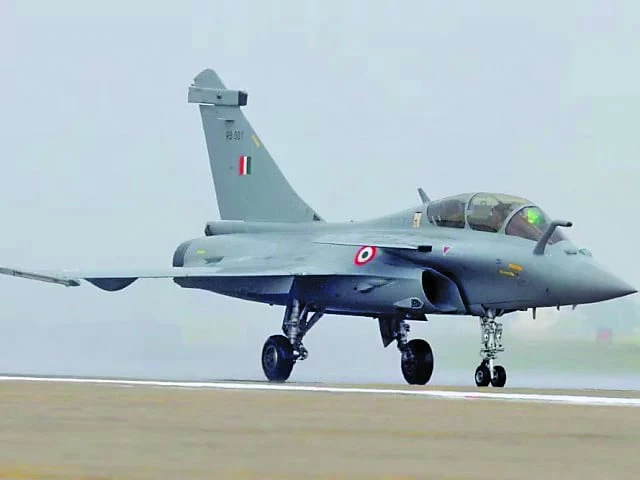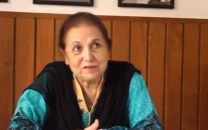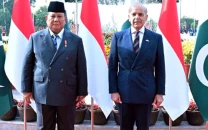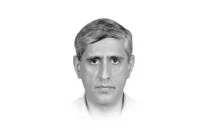No proof of Pakistani jet losses, says Chinese expert
Prof Cheng Xizhong debunked IAF Chief Amar Singh’s claim of downing 5 Pakistani jets and a large aircraft as baseless

Prof Cheng Xizhong of China’s Charhar Institute on Sunday debunked Indian Air Chief Marshal Amar Preet Singh’s claim that the Indian Air Force (IAF) had shot down five Pakistani jets and a large aircraft during Operation Sindoor, branding the assertion as baseless and unsupported by credible evidence.
Prof Cheng described the statement as groundless and widely questioned by the international community, reported PTV World. Emphasising the need for verifiable proof, he noted that India has failed to provide photographs of wreckage, radar data, or any corroborating material.
In contrast, Pakistan had promptly issued comprehensive technical reports following the engagement. He termed Singh’s remarks “comical, implausible, and unconvincing,” calling them an exercise in “self-amusement.”
Three months since the hostilities ended, India has yet to substantiate its claims, while Pakistan’s evidence remains on record and publicly available. Prof Cheng also cited corroborations from global leaders, senior Indian politicians, and foreign intelligence agencies affirming that India had suffered significant aerial losses.
Read More: Defence minister refutes IAF chief’s claim of shooting down Pakistani jets
He insisted that no Pakistani fighter jets were downed; rather, Pakistan’s forces had effectively deployed air defences, shooting down six Indian fighter jets and neutralising S-400 air defence systems—facts he described as indisputable.
The comments followed Air Chief Marshal Singh’s statement on Saturday at an event in Bengaluru, where he claimed India had downed “at least five fighters” and one larger aircraft—possibly a surveillance plane—using the S-400 surface-to-air missile system. He cited electronic tracking data as confirmation.
“We have at least five fighters confirmed killed, and one large aircraft,” Singh said, adding that the larger aircraft was shot down at a distance of approximately 300 km (186 miles). He did not specify the types of fighter jets downed but stated that Indian airstrikes also targeted another surveillance aircraft and “a few F-16s” parked in hangars at two air bases in Pakistan.
In contrast to Singh’s statement, the Pakistan Air Force shot down six Indian aircraft during the May conflict, including three Rafale jets, in response to Indian missile attacks. A day later, a senior French intelligence official confirmed to CNN that one Indian Air Force Rafale had been downed by Pakistan—possibly marking the first known combat loss of the French-made aircraft.
Also Read: Field Marshal Asim Munir meets US defence officials
In response, Defence Minister Khawaja Asif dismissed Singh’s remarks as “implausible” and “ill-timed,” accusing the Indian military leadership of engaging in politically motivated narrative building. He noted that while Pakistan had immediately shared detailed technical briefings with the international media, India had waited three months before issuing its claim.
“The belated assertions made by the Indian Air Force Chief regarding the alleged destruction of Pakistani aircraft during Operation Sindoor are as implausible as they are ill-timed,” he said in a statement.
He further criticised Indian military leaders for being used as “the faces of monumental failure caused by the strategic shortsightedness of Indian politicians.” Asif invited India to resolve the matter through transparency, suggesting an independent audit of both countries’ aircraft inventories.
“If the truth is in question, let both sides open their aircraft inventories to independent verification—though we suspect such transparency would only expose the reality India seeks to obscure,” he added.




















COMMENTS
Comments are moderated and generally will be posted if they are on-topic and not abusive.
For more information, please see our Comments FAQ